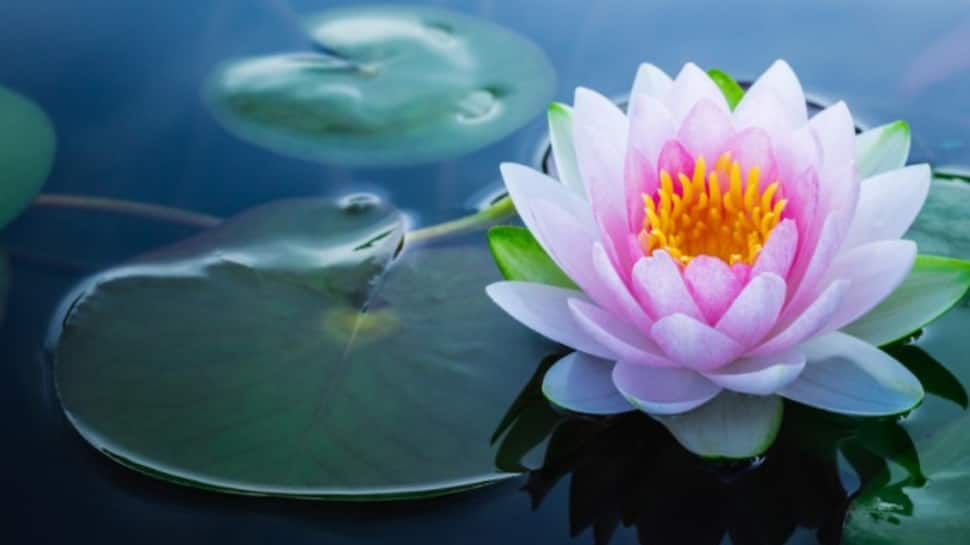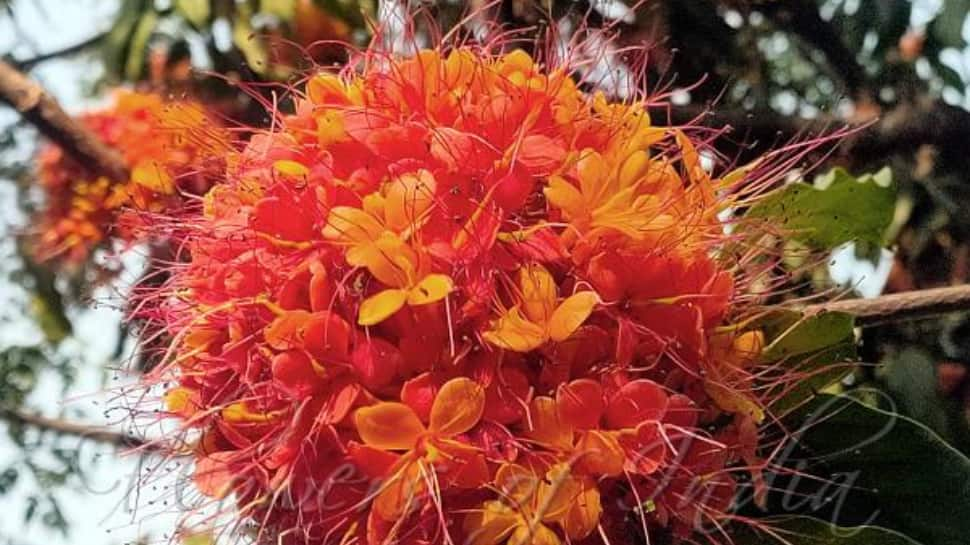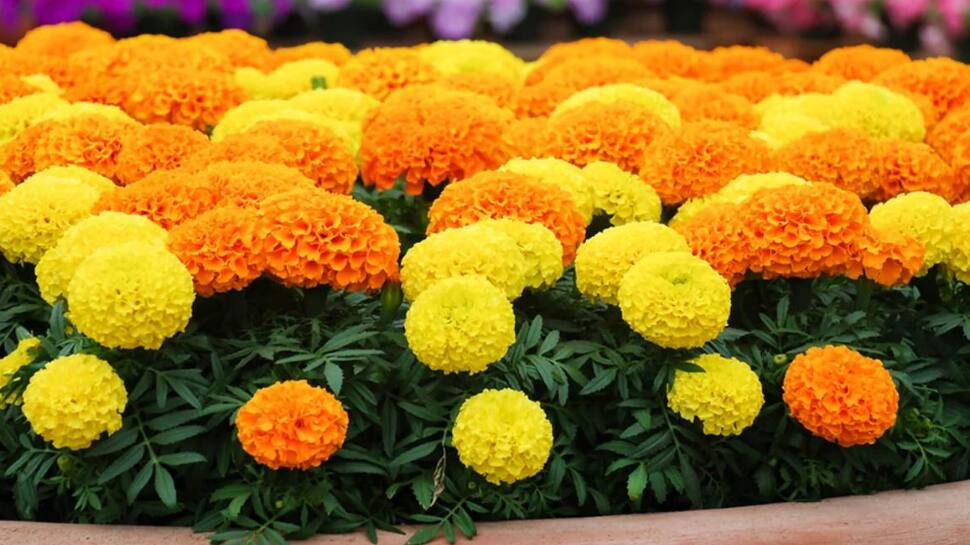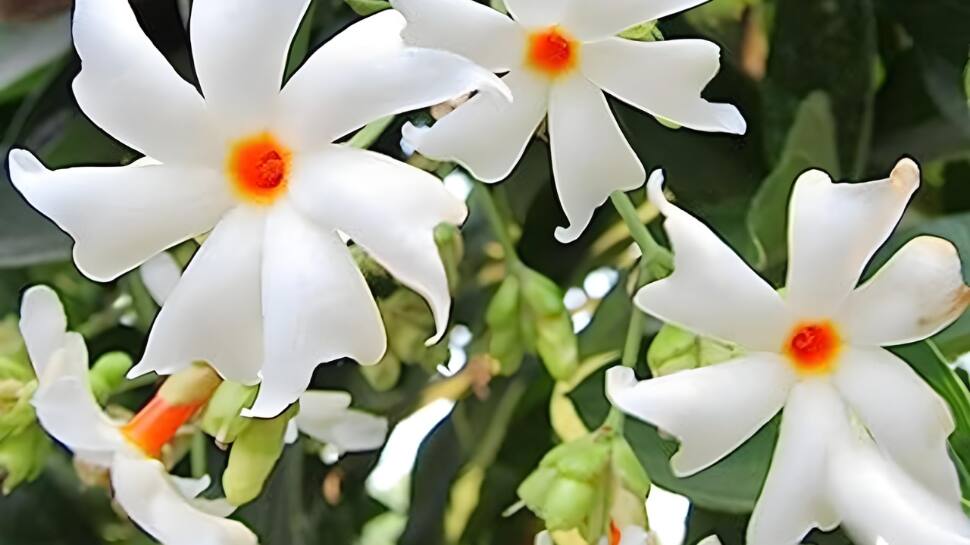7 Flowers In Bhagavad Gita and Their Symbolism
The Bhagavad Gita makes mention to seven Hindu sacred flowers, which stand for devotion and spiritual development. While tulsi depicts dedication, lotuses indicate spiritual progress. Champa means purity, jasmine represents love, marigold represents renunciation, kadamba represents spiritual elevation, and Ashoka represents hope. These flowers emphasize love, devotion, and separation in order to achieve unity with the divine, symbolizing the path towards self-realization.
Jasmine (Chameli)
)
Jasmine is a symbol of spiritual sweetness, purity, and love. Offering jasmine to gods is a symbol of unadulterated devotion in Hinduism and reflects the Gita's teaching of unselfish love for the holy without regard for recompense.
Lotus (Padma)

Since the lotus blooms without being affected by murky waters, it represents purity and detachment. It is a metaphor for spiritual development and the idea of attaining divine consciousness by overcoming earthly attachments in the Gita.
Tulsi (Holy Basil)

Tulsi is considered sacred and represents devotion to God. The Gita stresses bhakti, or selfless devotion, and Tulsi stands for steadfast trust, which is essential to developing a relationship with the holy.
Ashoka Flower

As a symbol of joy and spiritual enlightenment, the Ashoka flower embodies the Gita's lessons about overcoming inner agony and sorrow through detachment to achieve eternal bliss and serenity.
Marigold (Genda)

Marigold represents selflessness and letting go of worldly gratification. The Gita states that renunciation is the way to spiritual freedom and that marigold gifts signify a pure heart and a concentrated mind.
Parijat (Night-flowering Jasmine)

The Parijat is a representation of divine favor and eternal life. It is a metaphor for the eternal soul's journey in the Gita, which transcends the cycle of life and death and ultimately results in ultimate oneness with the divine.
Red Hibiscus (Japa)

Hibiscus is a sign of heavenly strength and power that is frequently dedicated to Goddess Kali. Its red hue emphasizes focused effort in the pursuit of dharma and mirrors the Gita's idea of passion directed toward virtuous deed (karma).
Trending Photos








